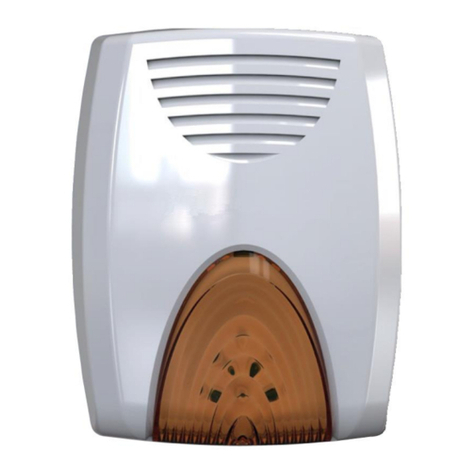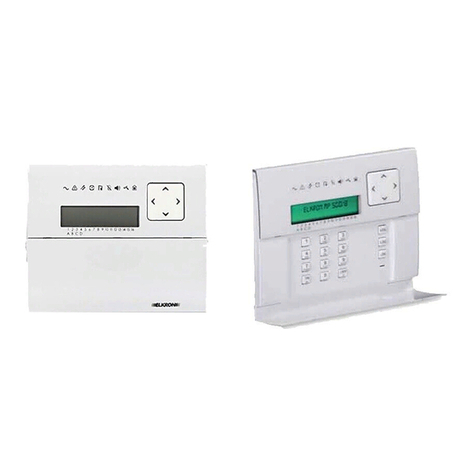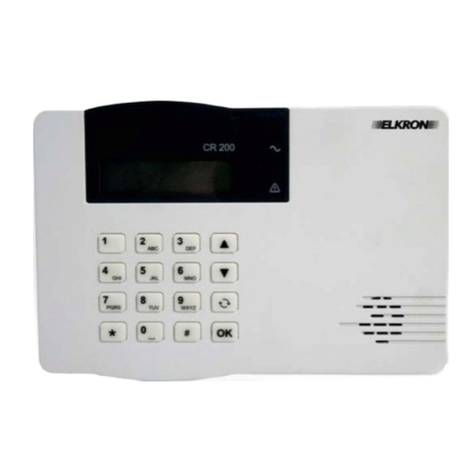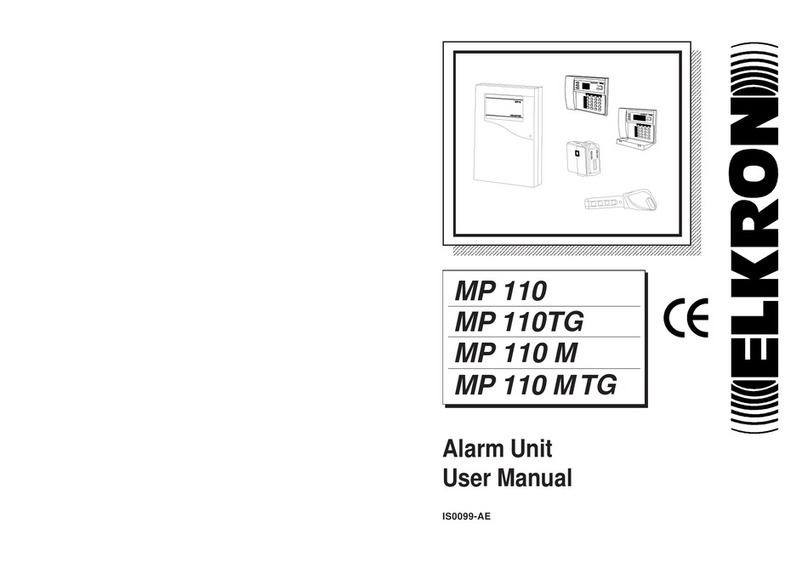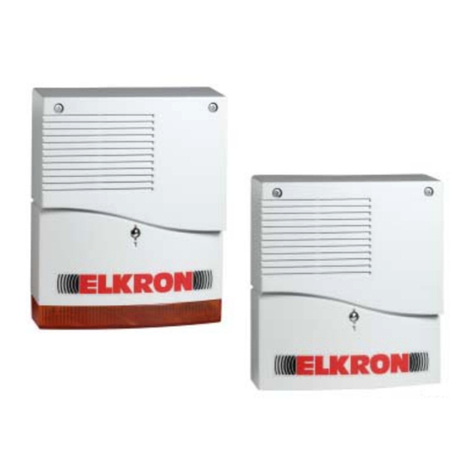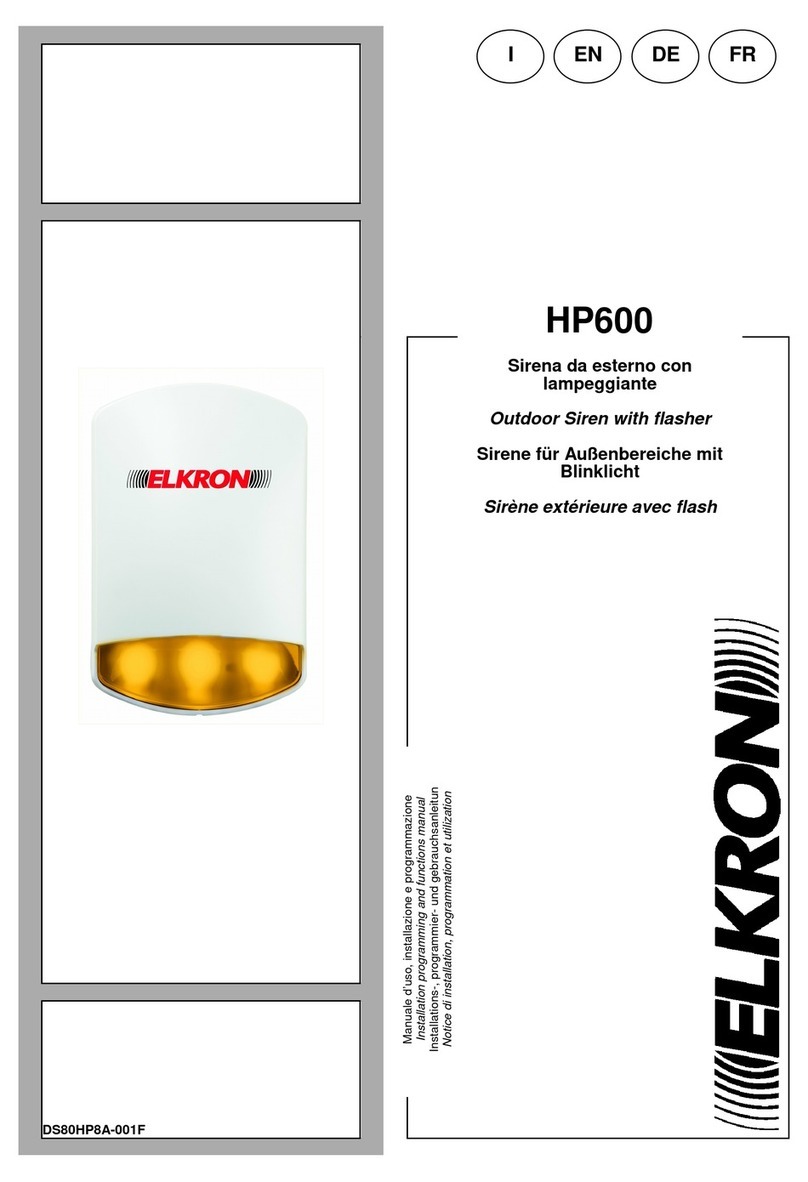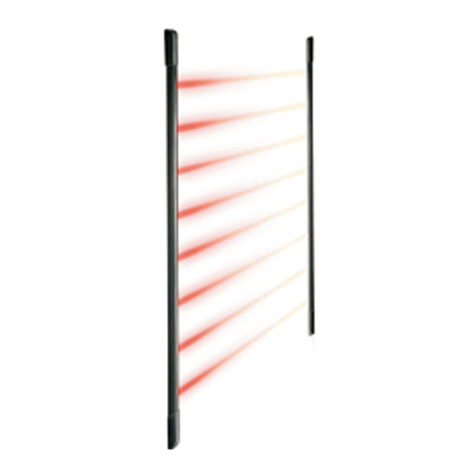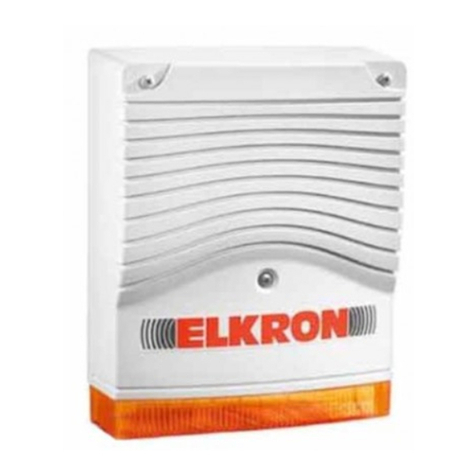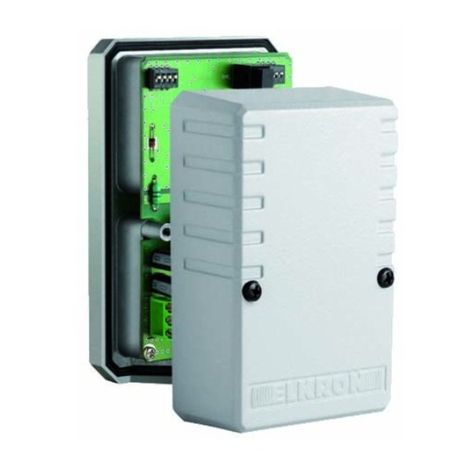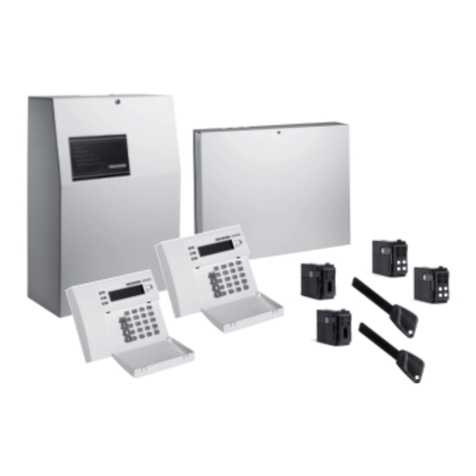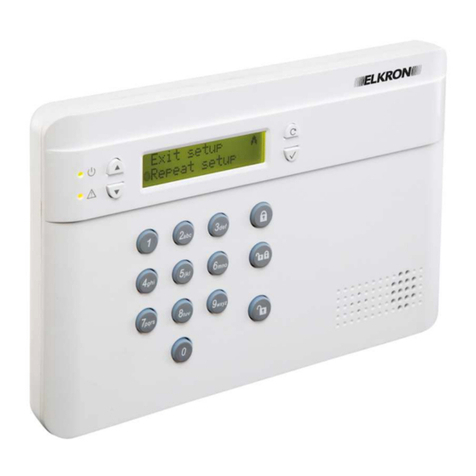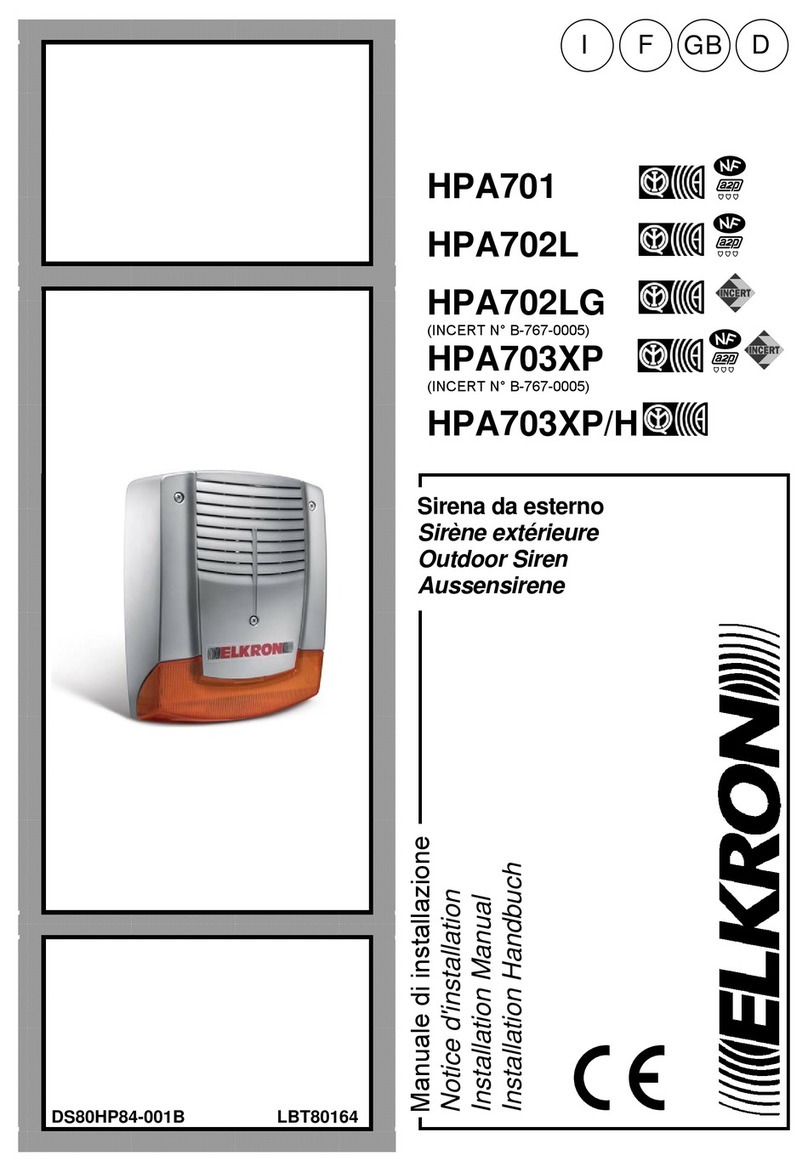
2/24 HP375M
SOMMARIO
CARATTERISTICHE GENERALI...................................................................................................................... 2
INSTALLAZIONE............................................................................................................................................... 3
CONNESSIONI.................................................................................................................................................. 4
CONFIGURAZIONI............................................................................................................................................ 4
ESEMPIO DI COLLEGAMENTO....................................................................................................................... 5
CARATTERISTICHE TECNICHE...................................................................................................................... 6
NOTE AI FINI DELLA CERTIFICAZIONE EN50131-4...................................................................................... 6
CARATTERISTICHE GENERALI
•Sirena da interno autoalimentata con gestione di due modalità di suonata differenziate;
•Pressione acustica 116±1 dB (A) @ 1 m, assorbimento max 2,2 A;
•Controlli gestiti mediante microprocessore;
•Protezione da inversione di polarità della batteria e dell’alimentazione da centrale;
•Comandi di Allarme e Stato impianto con contatto NC programmabili riferiti a POSITIVO o NEGATIVO;
•Time-out di blocco suonata a fronte del taglio cavo (4 programmazioni);
•Inibizione suonata alla prima alimentazione;
•Funzione di conteggio allarmi programmabile (5 allarmi nelle 24 ore);
•Protezione anti-apertura ed anti-asportazione (con utilizzo di tassello e vite a muro);
•Controllo della presenza dell’alimentazione remota con segnalazione acustica in caso di assenza.
La sirena HP375M dispone di due diverse segnalazioni, legate ai comandi AL1
e AL2. Entrambi i comandi sono indipendenti dallo stato sistema.
Il comando AL1 è relativo al segnale di allarme ad alta potenza (f=2000-3000 Hz),
subordinato al time-out programmabile ed al conteggio allarmi.
Una volta predisposta al normale funzionamento, la sirena genererà un allarme
se viene a mancare il segnale AL1. Per bloccare un allarme in corso, è
sufficiente fornire nuovamente il segnale di comando AL1. Una successiva
assenza di AL1 genererà immediatamente un nuovo allarme. Se l'assenza del
comando di allarme perdura oltre il timeout programmato, la sirena si arresterà
autonomamente e un nuovo ciclo di allarme verrà generato solo con un
successivo ritorno ed assenza del comando.
La sirena è munita di una funzione di conteggio allarmi programmabile. Se attivata, al raggiungimento di 5
cicli (minimo 30 secondi) in condizione di impianto attivo, vengono bloccate tutte le suonate successive.
L’azzeramento del conteggio avviene al riarmo del sistema (segnale Spresente) oppure dopo 24 ore dal
primo allarme.
ATTENZIONE: Il conteggio allarmi è operativo esclusivamente se si dispone del segnale S. Se la centrale
non dispone di uscita di stato impianto, collegare il morsetto S con AL1. In tal caso si perde la funzione
conteggio allarmi.
Il comando AL2 può essere invece utilizzato per segnalazioni quali preallarme, guasto, gong, ecc. (f=1700 Hz), e
non è soggetto a conteggio cicli. Per utilizzarlo occorre tagliare il ponticello F, altrimenti può essere lasciato
aperto. In caso di attivazione prolungata di tale segnale, la suonata ha un time-out fisso di 15 minuti. Per il suo
ripristino è necessario fornire nuovamente il segnale di comando.
Per questo comando sono disponibili due livelli acustici differenti (alto o basso), selezionabili tramite jumper
(vedi “CONFIGURAZIONI”). Per segnalazioni in ambienti domestici è consigliabile utilizzare il livello basso.
Per facilitare le operazioni di collegamento, la sirena è munita di un blocco iniziale. Alla prima alimentazione,
la sirena non suona in caso di assenza del comando AL. Fornita l'alimentazione, la sirena attende la corretta
presenza dei segnali di AL1, e S da centrale (rispettando la scelta fatta per il tipo di ingresso), quindi si
predispone al normale funzionamento.
ATTENZIONE: La sirena controlla costantemente la presenza della alimentazione proveniente dalla centrale
ed in caso di assenza verrà generata una segnalazione sonora formata da impulsi a 3000 Hz della durata di
500 ms per un tempo totale di 90 secondi.
Il segnale Sè un
comando generato dalla
centrale per informare la
sirena sullo stato
dell’impianto (attivato o
disattivato).
• Ad impianto disattivo
il morsetto S è
richiuso alla tensione
di riferimento;
• Ad impianto attivo il
morsetto S è “volante”.

